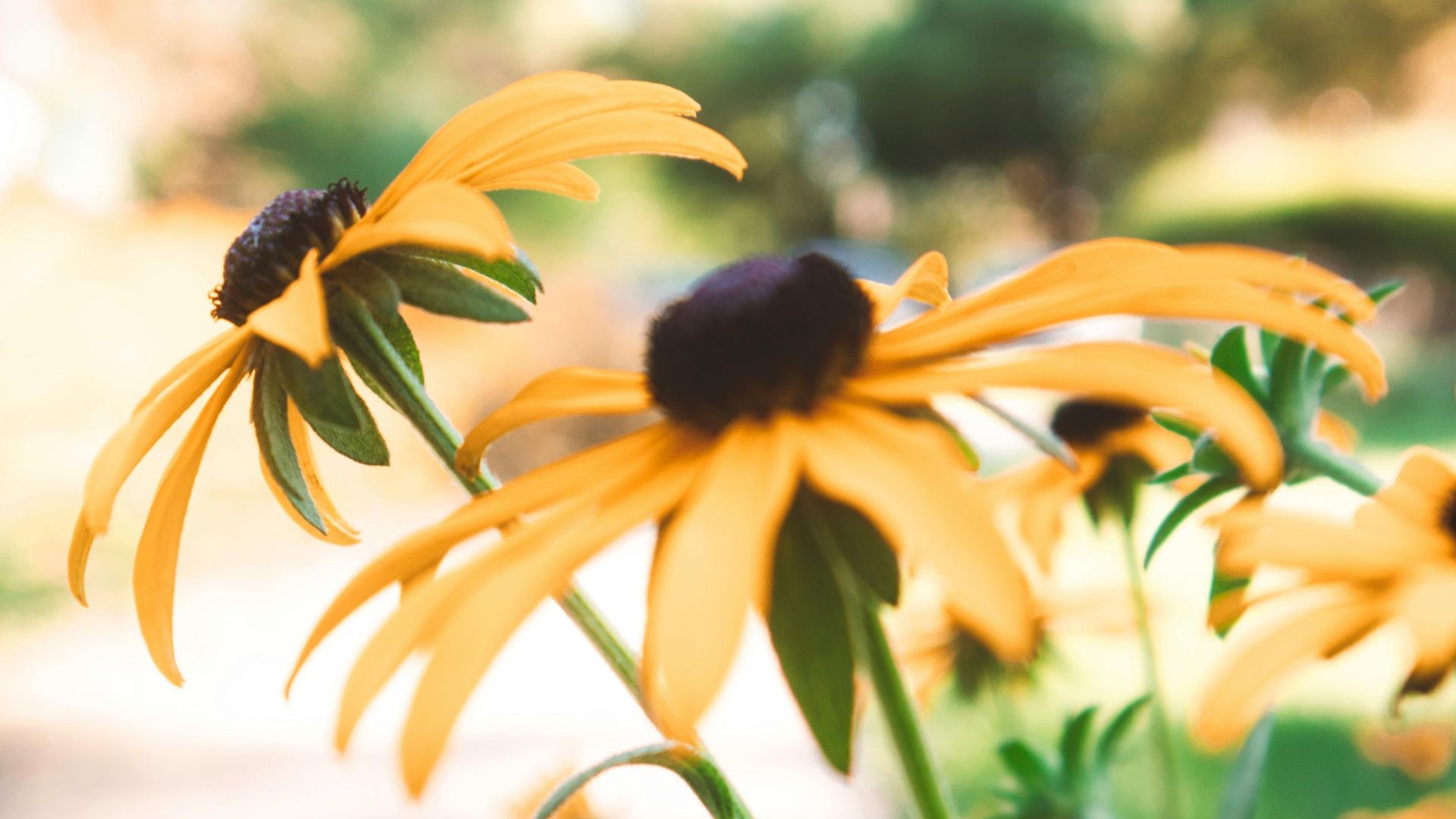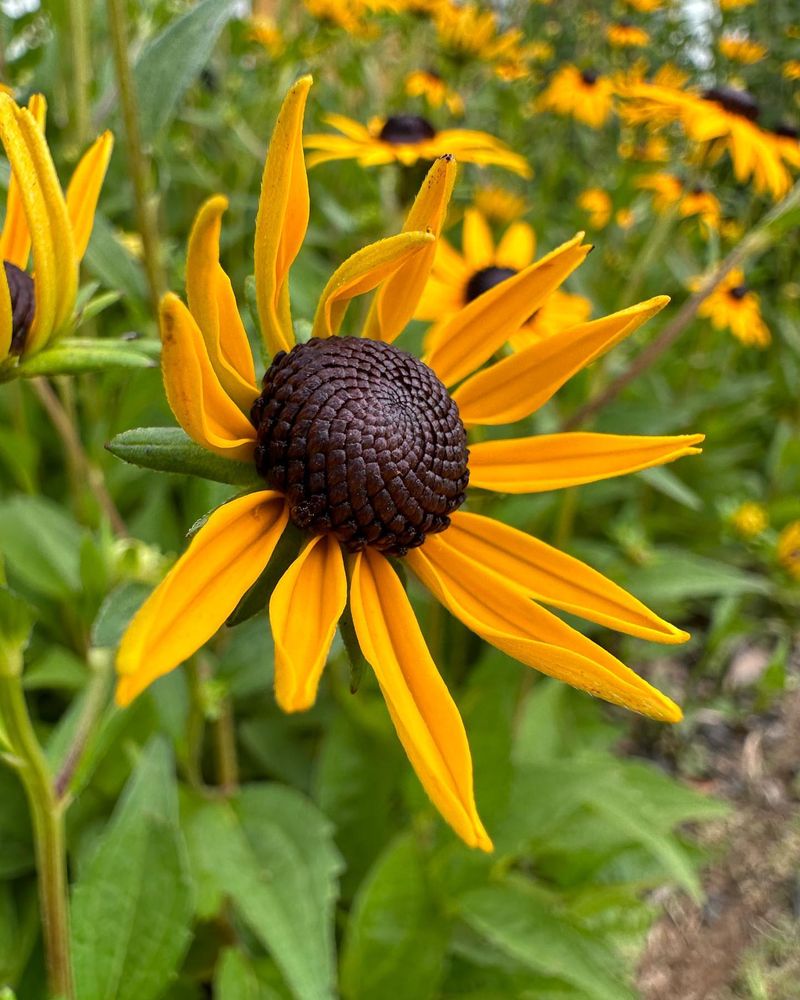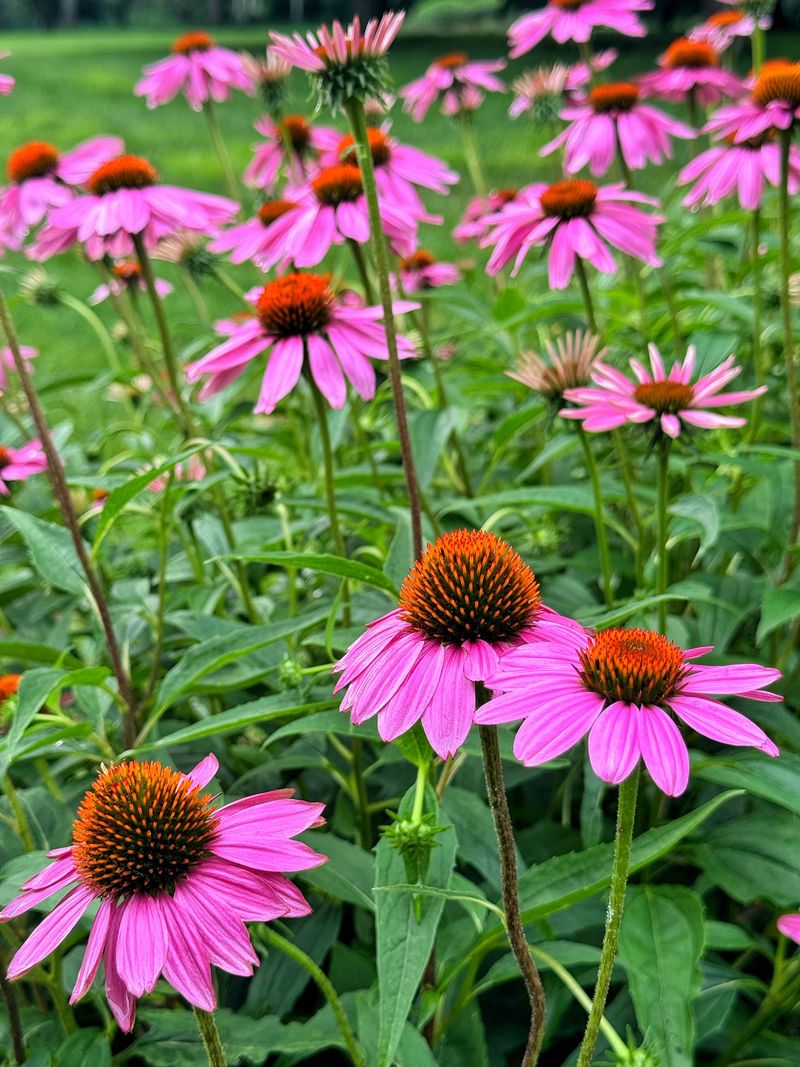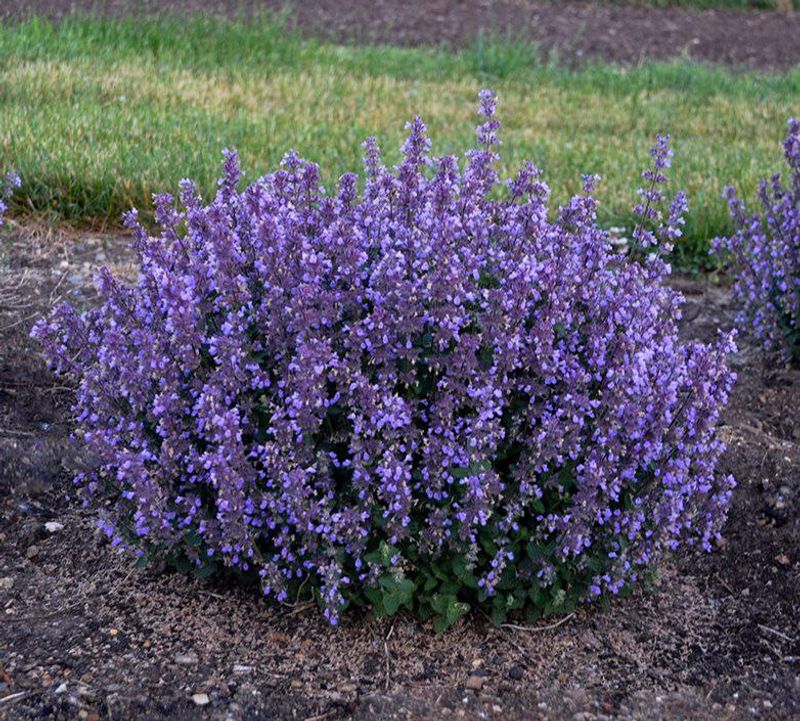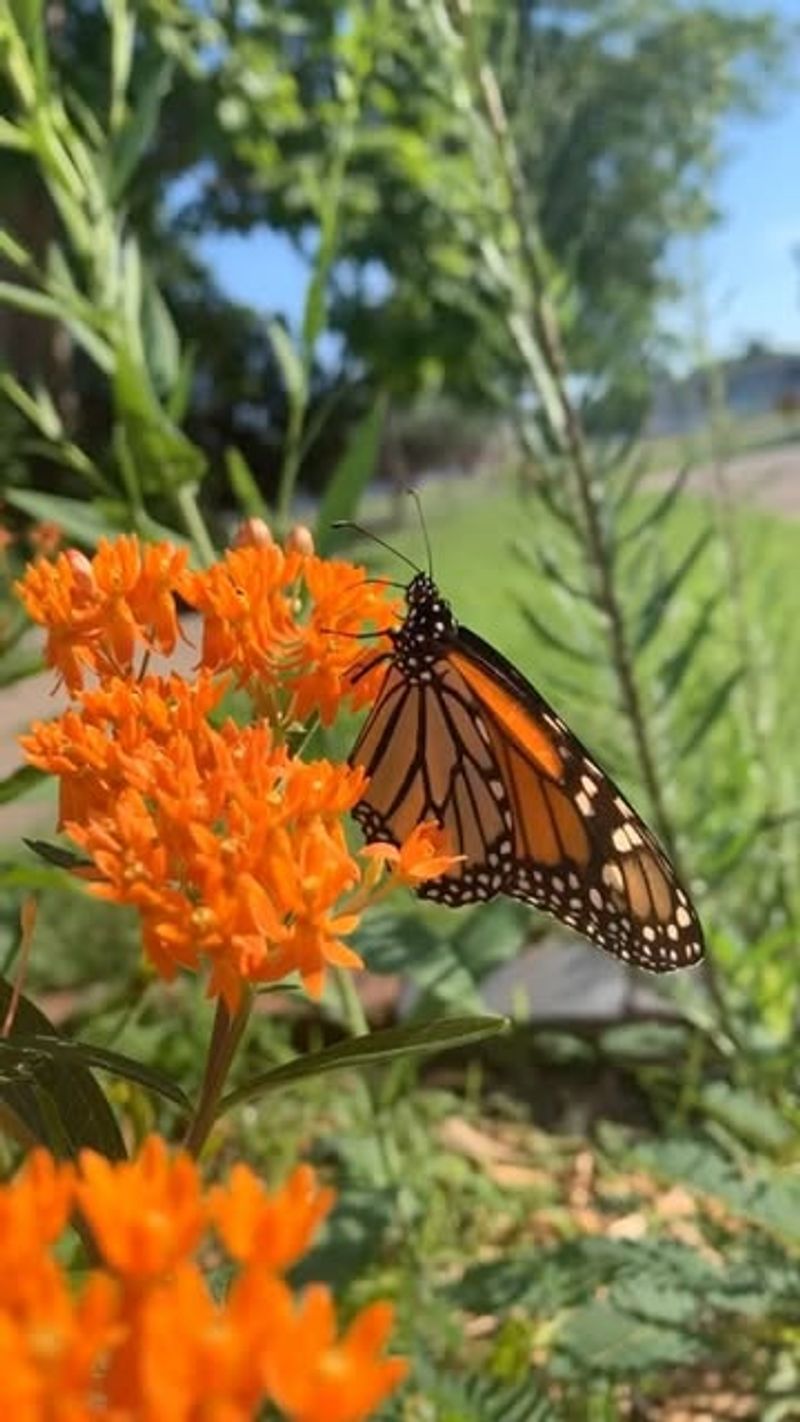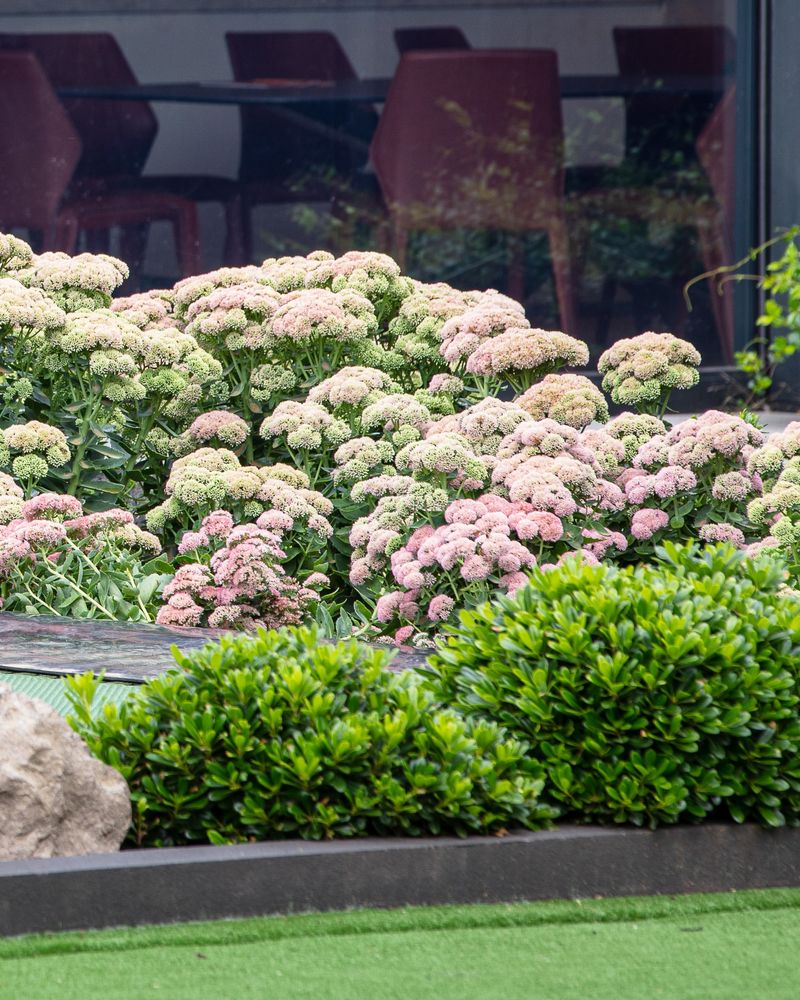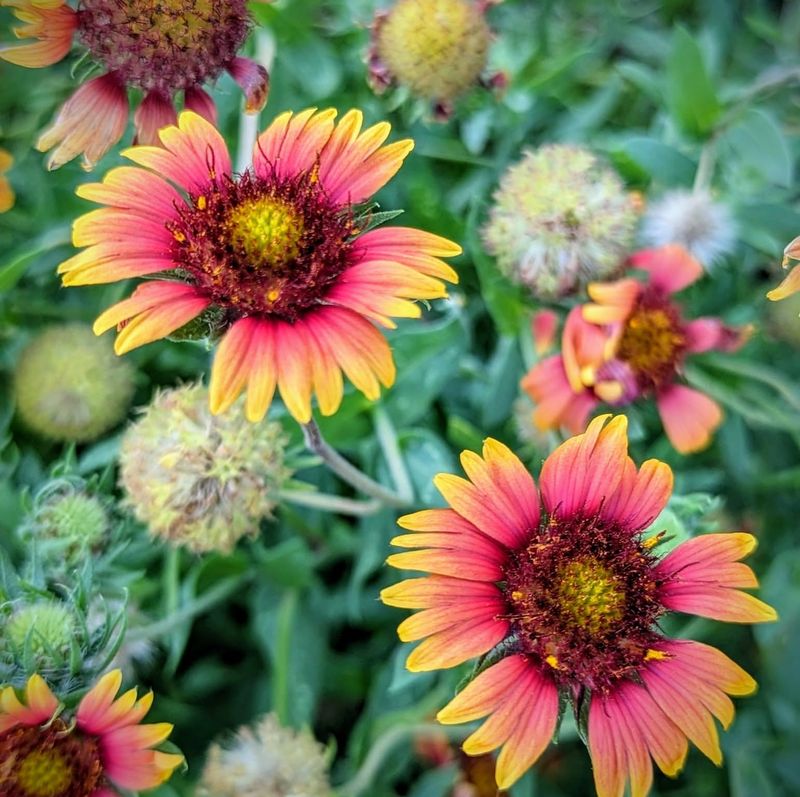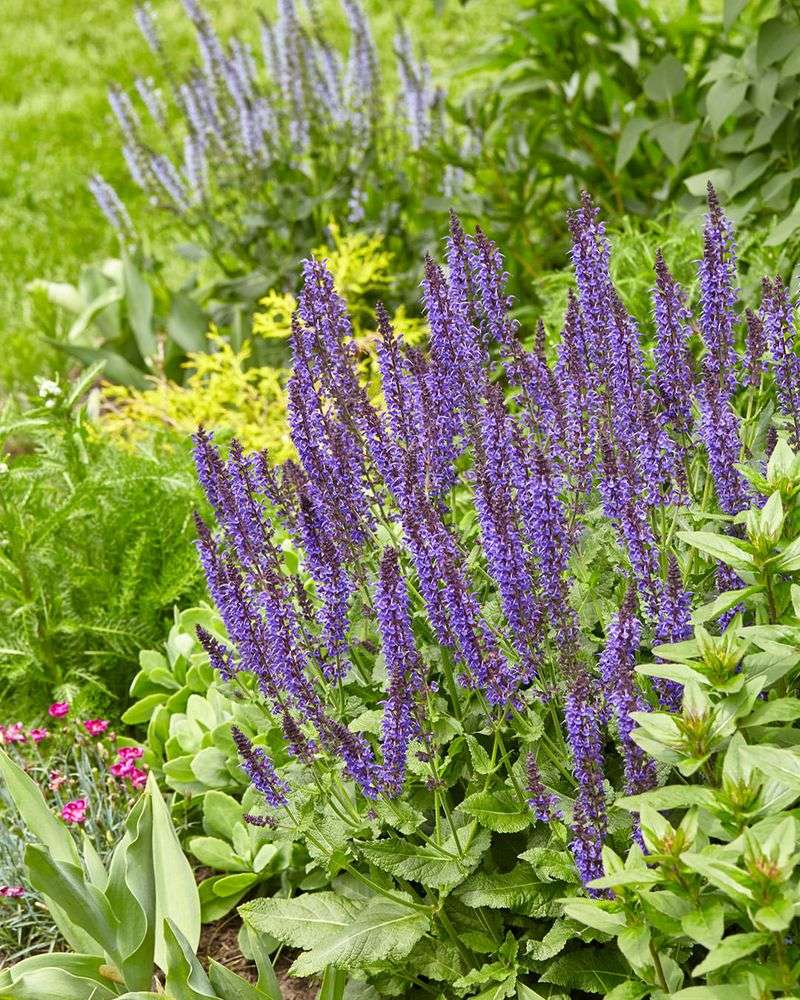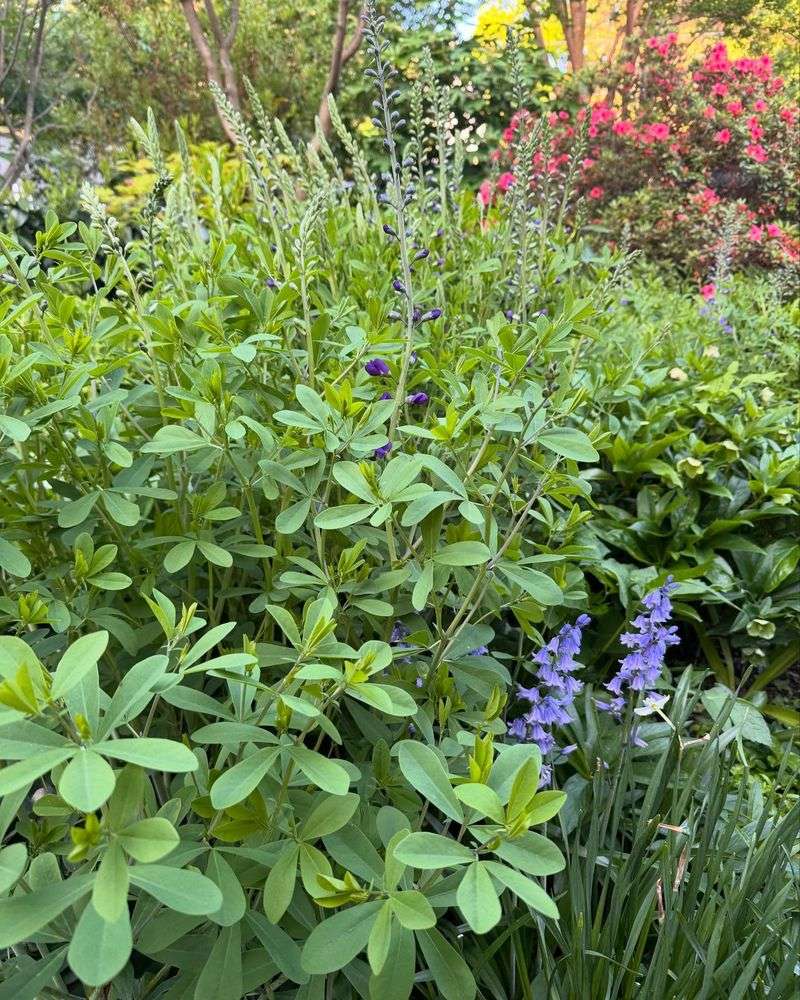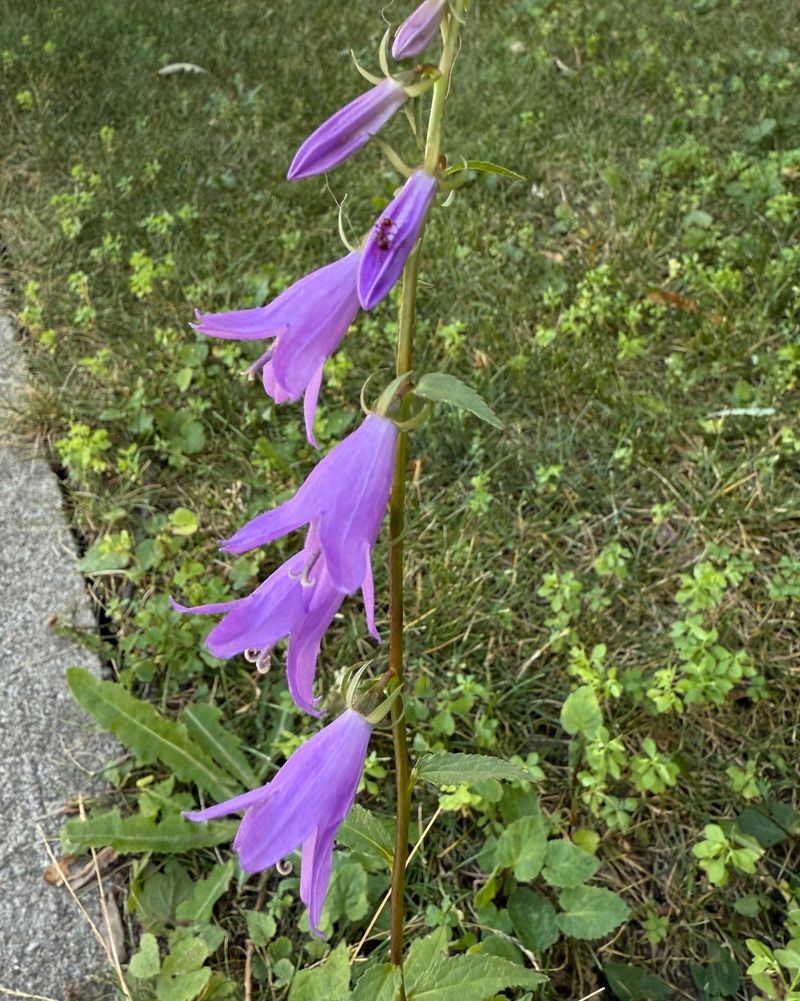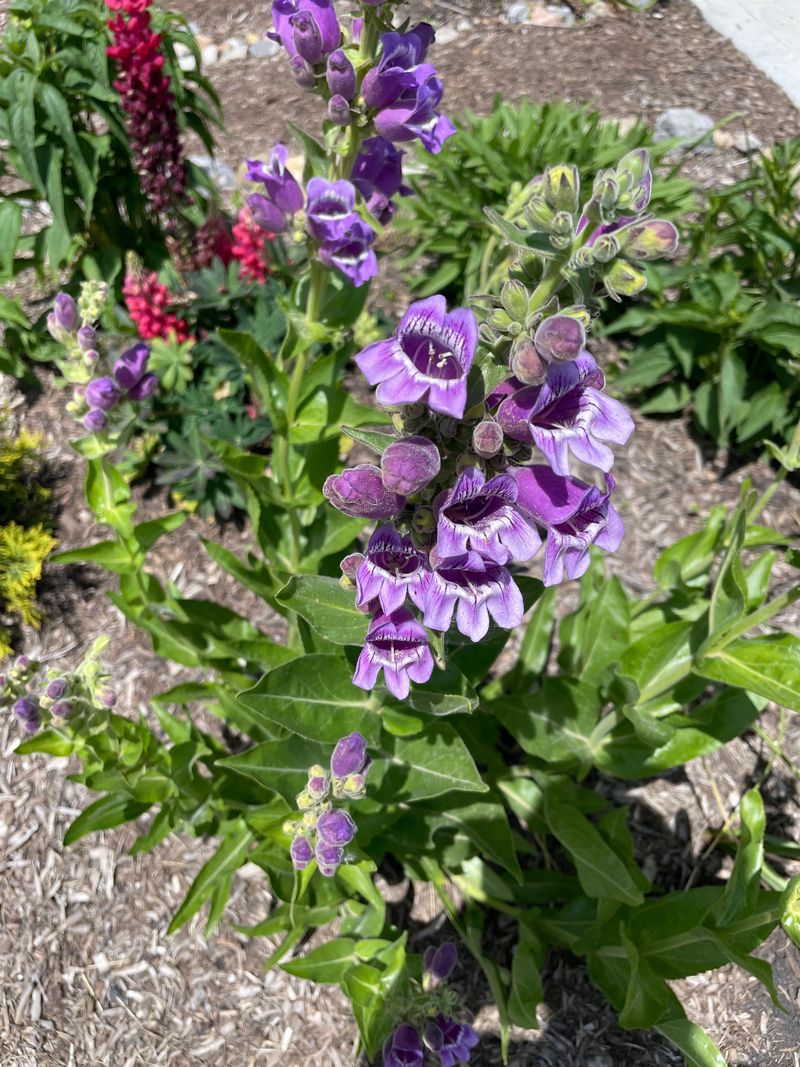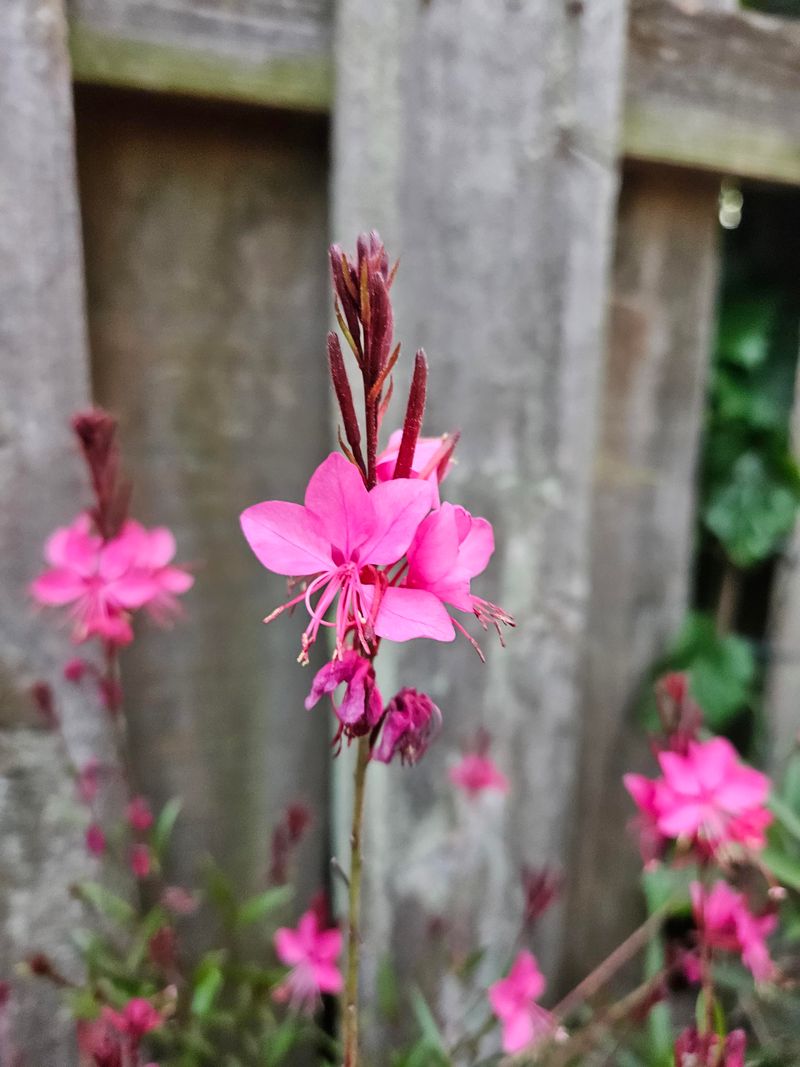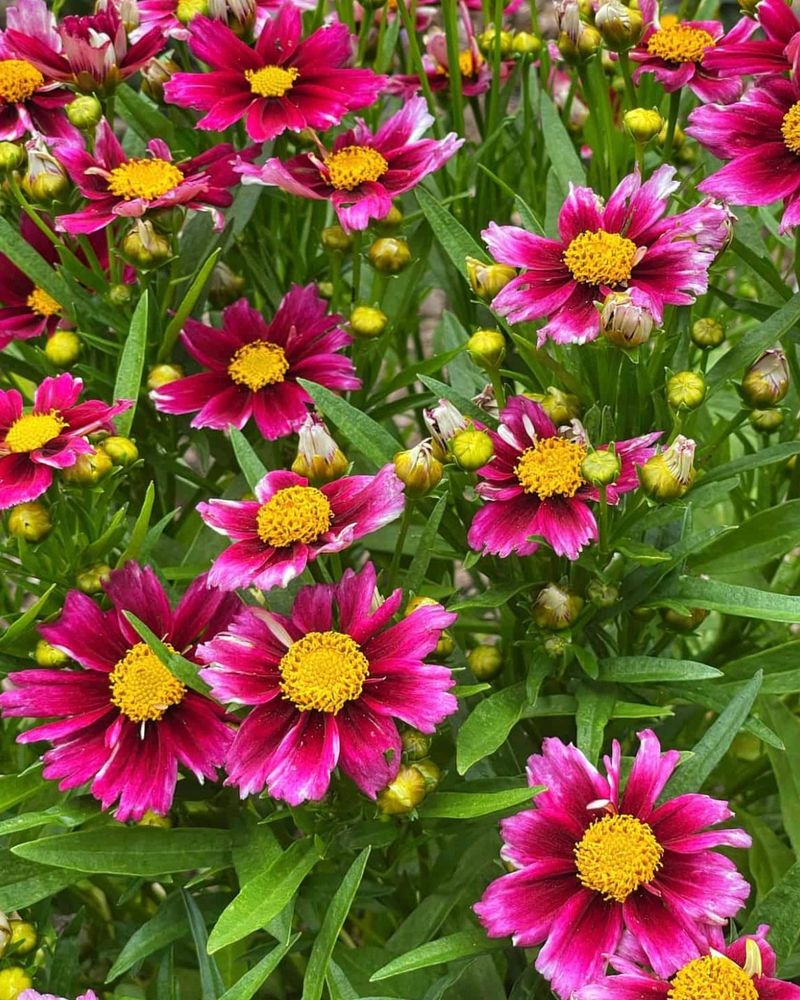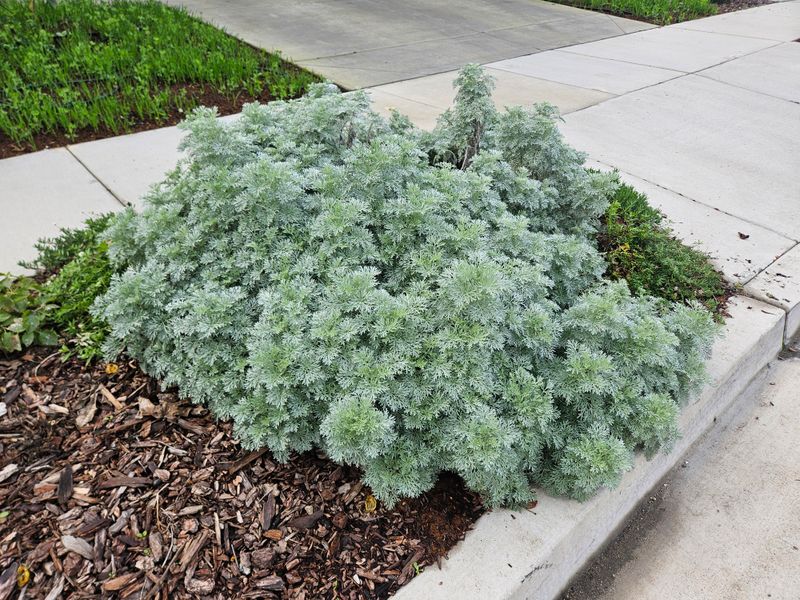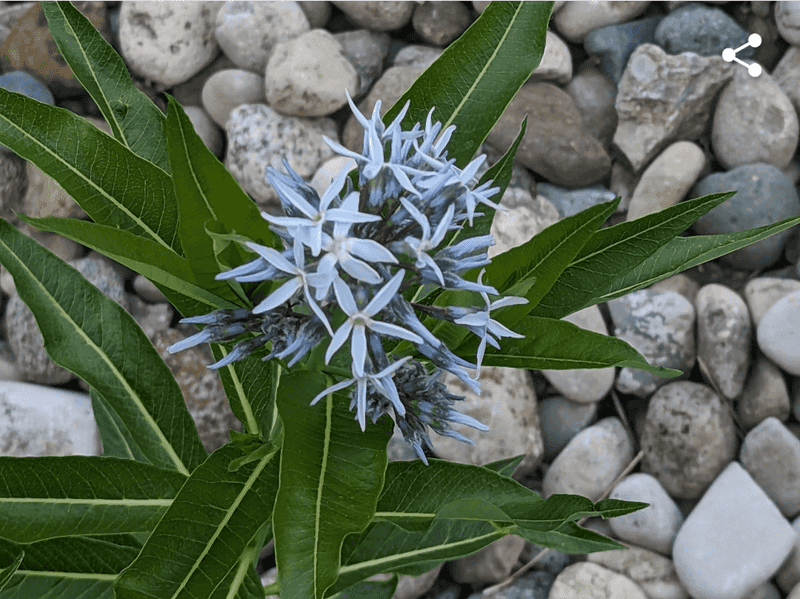Kansas summers can be brutal with temperatures soaring into the triple digits and humidity that makes you feel like you’re walking through soup. Many garden plants wilt and struggle through these challenging months, leaving disappointed gardeners and sad-looking landscapes.
I’ve spent years testing different perennials in my own backyard near Wichita, watching promising plants shrivel while others somehow thrived despite the punishing heat. Through trial and error (and more than a few plant funerals), I’ve discovered some remarkable survivors.
The following perennials have proven themselves in my garden and many others across Kansas. They not only tolerate our summer infernos but actually seem to enjoy them, continuing to bloom and look fantastic when everything else has given up.
1. Black-Eyed Susan
Nothing says summer in Kansas quite like these golden blooms dancing in the hot breeze. Their cheerful yellow petals surrounding dark centers create a striking display from June through September.
They actually prefer the full sun that would scorch other flowers. I’ve watched mine thrive through 100°F days without missing a beat. Once established, they need minimal watering and will return reliably year after year.
2. Russian Sage
Airy clouds of lavender-blue flowers hover above silvery foliage, creating a magical effect even during Kansas heat waves. The aromatic leaves release a pleasant scent when brushed against.
My Russian sage has survived three consecutive summers of drought conditions with minimal care. Its deep root system seeks out moisture far below the surface. This Mediterranean native actually looks better when it’s hot and dry rather than cool and wet.
3. Coneflower (Echinacea)
Native to the prairies, coneflowers are perfectly adapted to Kansas conditions. Their distinctive raised centers and drooping petals come in purples, whites, yellows, and even reds nowadays.
Last August, when temperatures didn’t drop below 95°F for two weeks straight, my coneflowers kept blooming without complaint. Birds and butterflies flock to them for nectar and seeds. They’re practically maintenance-free once established in a sunny spot.
4. Yarrow
Flat-topped clusters of tiny flowers create landing pads for butterflies and beneficial insects throughout summer. Modern varieties come in gorgeous colors ranging from sunny yellow to deep red and even peachy coral.
During last year’s water restrictions, yarrow was among the few plants in my garden that didn’t need supplemental watering. The feathery, aromatic foliage stays attractive all season. For best results, plant in poor to average soil – rich soil actually makes them leggy and floppy.
5. Catmint
Waves of lavender-blue flowers appear above aromatic gray-green foliage, creating a cooling visual effect even on the hottest days. Unlike its cousin catnip, most catmint varieties won’t drive your feline friends crazy.
The ‘Walker’s Low’ variety in my front border has withstood both brutal heat and curious cats with equal resilience. After the first flush of blooms, simply shear it back by a third and it will reward you with a second show. Deer and rabbits typically leave it alone too.
6. Butterfly Weed
Brilliant orange flowers stop traffic and attract monarchs to my garden every summer. Despite its name, butterfly weed is actually a type of milkweed native to Kansas prairies.
Unlike many perennials that wilt dramatically when thirsty, this tough plant maintains its composure through the worst heat. It’s been the most reliable performer in my west-facing border for five years running. Just be patient – it’s slow to emerge in spring but worth the wait.
7. Sedum ‘Autumn Joy’
Green broccoli-like buds transform to pink and eventually rusty-red as summer progresses into fall. The succulent foliage holds water like a cactus, making it incredibly drought-tolerant.
During the 2018 heat wave when my sprinkler system broke, ‘Autumn Joy’ was one of the few plants that didn’t skip a beat. The flat flower heads provide landing pads for butterflies and later, winter interest when frosted. Its thick leaves remain attractive all season without wilting or browning.
8. Blanket Flower
Fiery red and yellow daisy-like blooms create a blanket of color that lasts from early summer until frost. Their wild, informal appearance fits perfectly in prairie-style gardens and attracts goldfinches who love the seeds.
My neighbor’s sprinkler accidentally skips the spot where I planted these, yet they’re always the showiest plants in the border. Native to American prairies, they laugh at conditions that would kill lesser plants. For continuous blooms, deadhead regularly or plant a self-cleaning variety like ‘Arizona Sun’.
9. Salvia ‘May Night’
Deep purple-blue spikes create dramatic vertical accents in the early summer garden. The aromatic foliage deters deer and rabbits while attracting hummingbirds and beneficial insects.
Even during the hottest weeks of July, ‘May Night’ maintains its dignified presence in my garden. After the first flush of blooms fades, I simply cut the spent stalks back to the base. This encourages a second, smaller bloom cycle in late summer when the garden needs a fresh boost.
10. Baptisia (False Indigo)
Spires of indigo-blue, sometimes white or yellow pea-like flowers rise above blue-green foliage in late spring. After blooming, interesting seed pods develop that rattle in the breeze and provide winter interest.
The extensive root system of this prairie native reaches deep for moisture, making it completely self-sufficient once established. My specimen survived complete neglect during my two-week vacation in July. Its shrub-like form creates structure in the garden even when not in bloom.
11. Agastache (Hyssop)
Spikes of tubular flowers in shades of orange, pink, purple or blue attract hummingbirds all summer long. The licorice-scented foliage remains fragrant even during drought conditions.
When my irrigation system failed last summer, agastache kept blooming while other perennials sulked. This southwestern native actually performs better with minimal water once established. ‘Coronado Red’ has been particularly impressive in my garden, blooming from June through September without pause.
12. Liatris (Blazing Star)
Feathery purple flower spikes rise dramatically from grassy foliage, creating vertical interest in the midsummer garden. Native to Kansas prairies, blazing star is perfectly adapted to our challenging conditions.
Monarchs and other butterflies can’t resist these nectar-rich blooms. The deep taproots seek moisture far below the surface, making established plants virtually drought-proof. In my garden, they’ve thrived in a location that gets absolutely baked by afternoon sun in July and August.
13. Penstemon (Beardtongue)
Tubular flowers in shades of pink, purple, red or white dangle from sturdy stems, creating a delicate yet tough display. Their common name comes from the fuzzy stamen that protrudes from each bloom like a tiny beard.
Native penstemons have evolved to thrive in harsh prairie conditions. The ‘Dark Towers’ variety in my garden has survived three brutal summers with minimal care. Hummingbirds fight over these nectar-rich blooms, providing entertaining aerial battles throughout the day.
14. Gaura (Wandflower)
Delicate butterfly-like blooms dance on slender stems above the foliage from early summer until frost. The airy nature of gaura adds movement and grace to garden borders.
Despite its fragile appearance, this plant is surprisingly tough in hot, dry conditions. My ‘Whirling Butterflies’ variety survived being transplanted in mid-July during a heat wave. The long taproot helps it find moisture deep in the soil, making it self-sufficient once established.
15. Prairie Dropseed
Fountain-like clumps of fine-textured foliage create elegant structure in the garden. In late summer, airy seed heads emerge with a delightful fragrance some compare to fresh popcorn or cilantro.
This native grass thrives in the challenging conditions of the Kansas prairie. During last summer’s drought, it remained green and lush while my lawn turned crispy brown. The autumn color is spectacular too, turning golden-orange before fading to a warm tan for winter interest.
16. Coreopsis
Cheerful daisy-like blooms in gold, yellow, red, or bicolors brighten the garden from early summer until frost if deadheaded regularly. Their informal charm works well in cottage gardens and prairie plantings alike.
After three years in my garden, my ‘Zagreb’ coreopsis has spread to form a drought-defying golden carpet. Even during water restrictions, these native plants continued flowering. The threadleaf varieties are particularly heat and drought tolerant, with fine foliage that stays fresh-looking all season.
17. Artemisia ‘Powis Castle’
Finely cut, silvery foliage creates a cooling visual effect in the summer garden. Though grown primarily for its striking leaves, tiny insignificant flowers appear in late summer.
During the hottest days of August, the silver foliage seems to glow in the garden. This Mediterranean native actually prefers hot, dry conditions and poor soil. In my garden, it thrives in a spot where the afternoon sun reflects off a west-facing wall, creating oven-like conditions.
18. Amsonia (Blue Star)
Clusters of star-shaped pale blue flowers appear in spring above willowy foliage that turns brilliant gold in fall. The native Amsonia hubrichtii offers the best of both worlds – spring flowers and autumn color.
Through brutal summer heat, the feathery foliage remains fresh and green without supplemental water. My five-year-old clump has never needed dividing or special attention. In fall, it transforms into a glowing golden beacon that lights up the garden just as other perennials are fading.

